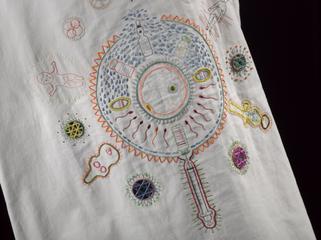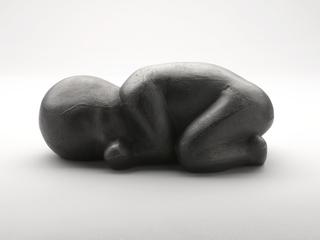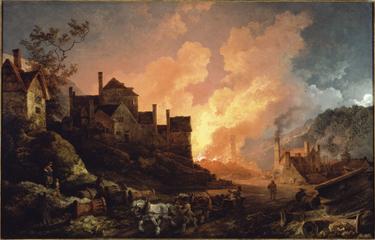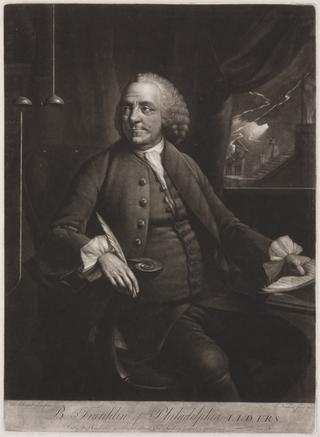
'The Scavenger's Lament', caricature, print, London, England, 1829






Etching, col. The Scavenger's lamentation, or the dreadful consequences of sweeping streets by machinery. A. Sharpshooter, published by S. Gans 1829. 26x36cm
In this picture, a road sweeping machine is shown cleaning up the streets. During the 1800s, the miasma theory of disease dominated medical thought. It was believed that disease could be caused by the foul smells created by decomposing bodies, food, human waste, marsh gases and general filth. Road sweeping was one way to help clean up the streets and hopefully prevent the spread of disease. The scavenger in the image has lost his source of income as one man’s rubbish could be another man’s treasure. Large numbers of a city’s poorer residents survived by ‘recycling’ what they found on the street. Numerous items found in the rubbish – from rags to dog excrement – could be sold on to manufacturers, who then used them in a range of industrial processes.
The name of the credited artist, ‘A. Sharpshooter’, was a pseudonym used by John Phillips, a British caricaturist. Many caricaturists used pseudonyms to protect their identity.




